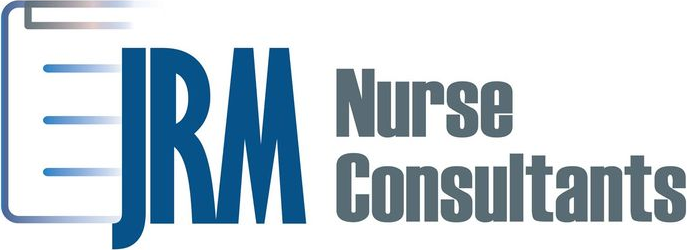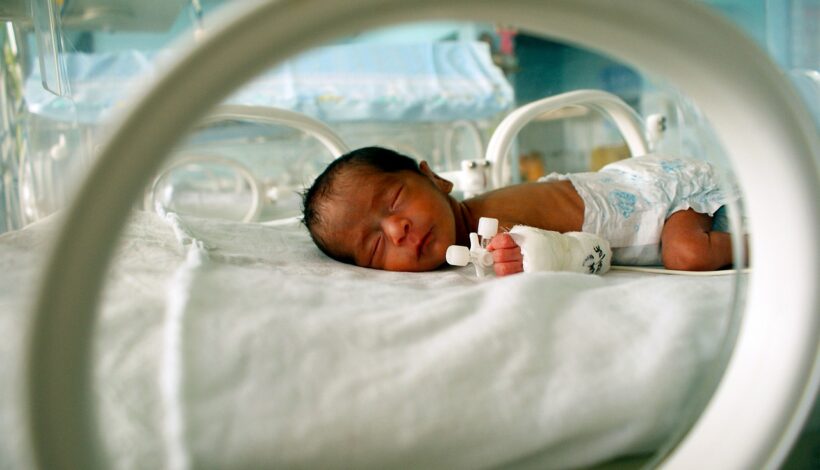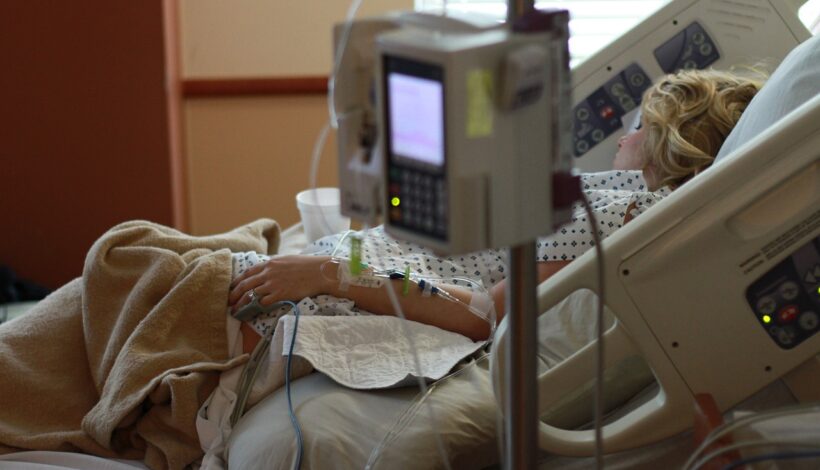Osteoporosis is a condition where bones become fragile, increasing the risk of fractures and affecting mobility and quality of life. It often develops silently over time, so understanding the causes, risk factors, and ways to protect your bones is essential for both patients and healthcare professionals.
Bone health is influenced by several factors. Age, hormonal changes — especially in postmenopausal women — and genetics play a role in bone density. Lifestyle choices, such as diet, physical activity, and avoiding smoking or excessive alcohol, are factors you can control to reduce your risk. Recognizing these factors early allows you to take proactive steps toward maintaining strong, healthy bones.
Detecting osteoporosis early is crucial. Regular bone density screenings, especially for women over 50 or individuals with risk factors, help identify bone loss before fractures occur. Nurses and healthcare providers play a key role in educating patients about screening recommendations and interpreting results to guide interventions.
Developing a plan to protect bone health combines nutrition, supplements, and exercise. Diets rich in calcium, vitamin D, and protein provide the building blocks for strong bones. Bone-supporting supplements may also be recommended based on individual needs. Weight-bearing exercises, such as walking, light resistance training, or balance-focused movements, strengthen bones and improve mobility, while reducing the risk of falls and fractures.
Patient Perspective:
Protecting your bones is about small, consistent actions. Incorporating calcium-rich foods like dairy, leafy greens, or fortified alternatives, engaging in daily movement, and following your provider’s guidance for screenings and supplements empowers you to take control of your bone health and maintain independence.
Nursing Perspective:
Nurses are vital in guiding patients through osteoporosis prevention and management. From teaching proper exercise techniques to monitoring dietary habits and ensuring adherence to supplements or medications, nurses help patients implement practical strategies that support long-term bone strength and overall wellness.
💡 Tip to Try This Week:
Add one bone-protecting habit to your routine — such as 10 minutes of weight-bearing exercise, a calcium-rich snack, or a short walk outdoors for vitamin D. Small, consistent actions strengthen bones, improve balance, and reduce the risk of fractures over time. Tracking progress and celebrating these healthy habits reinforces motivation and long-term commitment.Written by Rosie Moore, DNP, RN, LNC, BC-FMP





